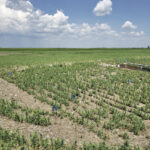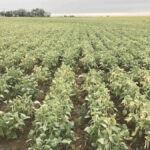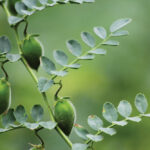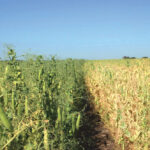When it comes to fertility planning for pulse crops, western Canadian farmers might want to consider soil testing this spring. That’s because there’ll likely be higher amounts of residual nitrogen left over and greater variability in nutrient levels due to last year’s drought, which curtailed crop uptake and nutrient utilization in many fields. “It’s important, […] Read more













